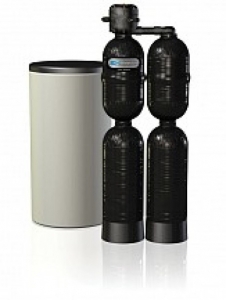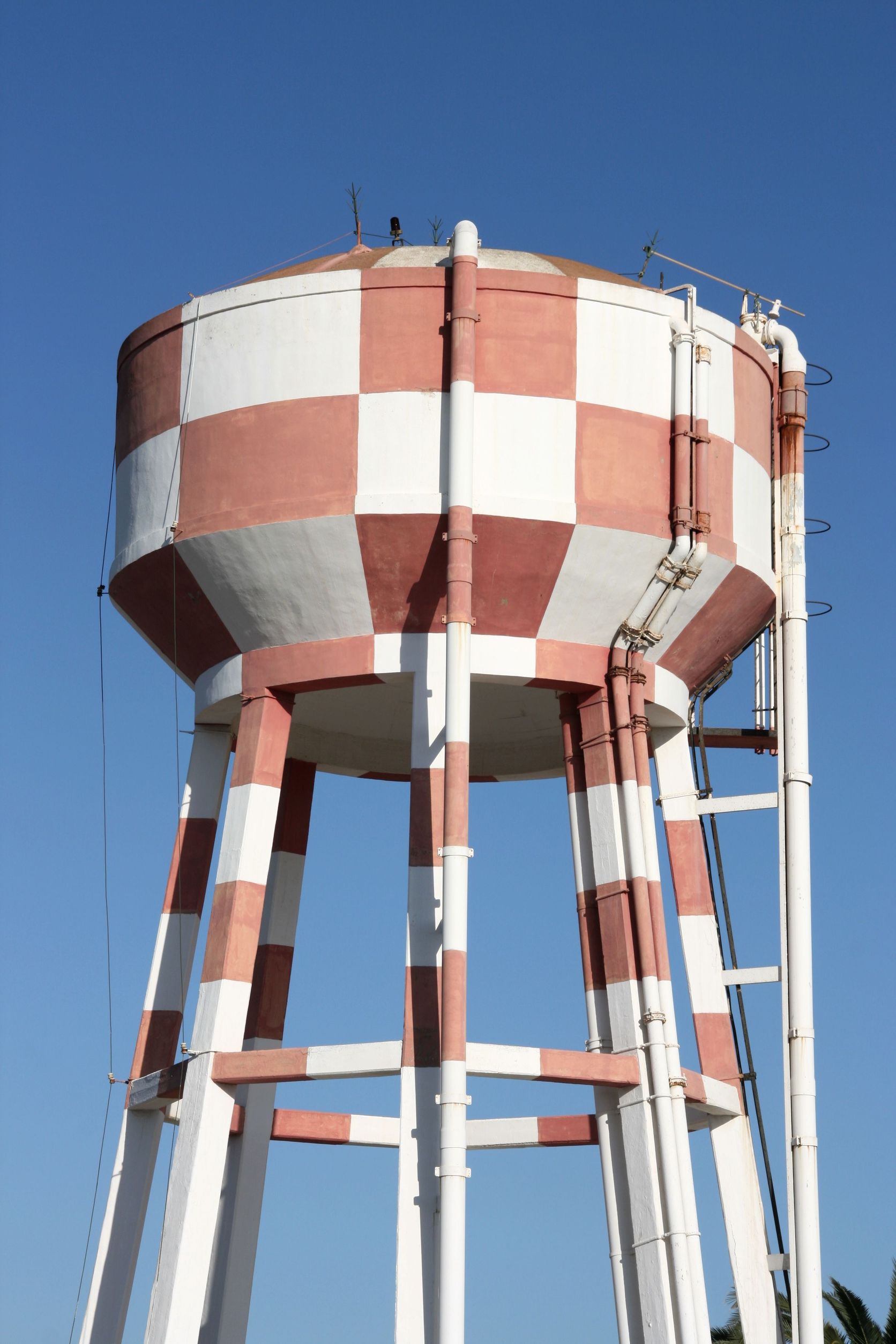Among common problems and conditions that affect water, hard water costs homeowners the most money and causes the most damage of any other issue. Hard water does not only alter the taste and smell of the water that enters the home, but it also promotes scale buildup, soap scum, stains, and mineral deposits. That translates to appliances operating less efficiently, needing more frequent repairs, and can lead to lower life expectancy which means premature replacement. Appliances also require more power to function, so utility costs are higher in homes where hard water is left untreated.
Investing in Water Softening in Marion IA can save money on electricity, plumbing repairs, and appliances. It will also save money on cleaning supplies, toiletries, and laundry detergent. More shampoo, soap, cleaning supplies and laundry detergent are required to get people, clothes, and surfaces clean. The additional costs of lotions for dry skin, fabric softener for the rinse cycle, and specific cleaners for hard water stains also adds u quickly. Fibers in clothing wear down faster: colors fade quicker, and items lose shape at a rapid pace. Replacing clothing often is yet another high cost of hard water in the home.
Water Softening in Marion IA is much more cost-effective than continuing to live with the problem. Experienced companies, like Waterhouse Water Systems, for example, offer free water analysis to determine the exact problem with water that tastes or smells foul. There are a variety of customized systems that can be utilized to treat the water. A product and system can be found that suits the size of the house, the situation, and the budgets of families. It is important to remember that buying bottled water for drinking is not the only cost incurred when hard water is left untreated.
Most families realize that the cost of treatment is offset by the savings in utility bills, fewer supplies, and fewer calls to the plumber for repairs. In some cases, families realize a high return on the investment within months of having a system installed. Consider what is spent each month on bottled water, repairs, supplies, and clothing. Compare that amount to the estimate provided for a water treatment system to determine the best course of action.






